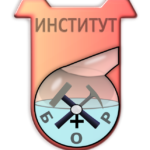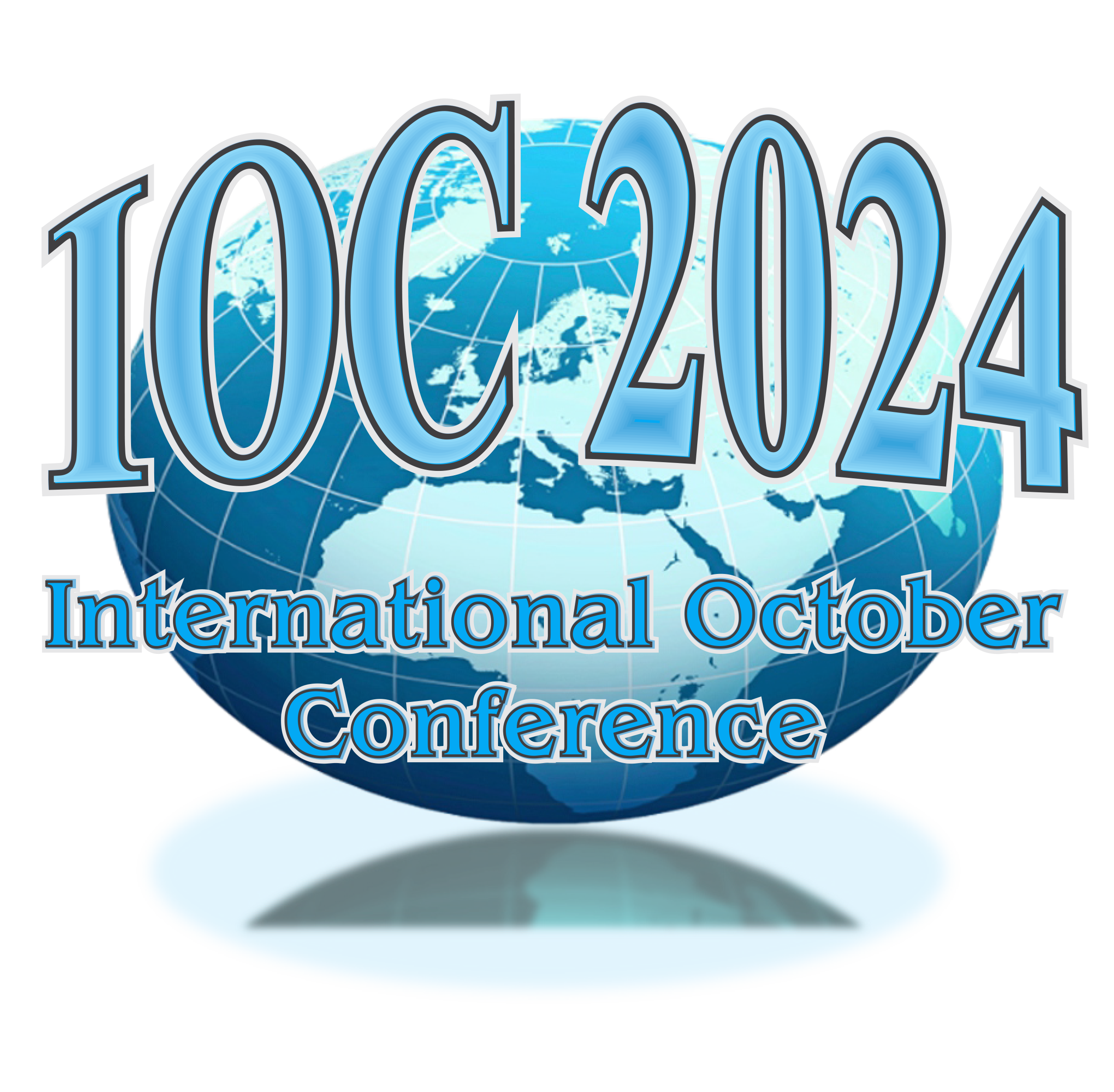Acronym:
E 3 (E-Cube)
Program:
SATREPS (Science and Technologically Research Partnership for Sustainable Development) – Japan
Priority axis:
Environment/Energy (Global scale environmental issues)
Research area:
Research contributing to the resolution of global-scale environmental issues (from FY 2008)
Partners
Japan:
Participant as JICA expert
- Center for Geo-Environmental Science (CGES), Akita University
- International Center for Research and Education on Mineral and Energy Resources (ICREMER), Akita University
- Japan Space Systems (J-Space Systems)
- Mitsui Mineral Development Engineering Co., Ltd. (MINDECO)
Governmental Organizations:
- JICA (Japan International Cooperation Agency)
- JST (Japan Science and Technology Agency)
The Republic of Serbia:
Scientific Institutions:
- Mining and Metallurgy Institute Bor
- Technical Faculty in Bor, University in Belgrade
The competent Ministry of the Republic of Serbia:
- Ministry of Mining and Energy
- Ministry of Agriculture and Environmental Protection
Researchers on Japan (total 23):
- Project Akita University – 15
- Japan Space Systems (J-Space Systems) – 4
- Mitsui Mineral Development Engineering Co., Ltd. – 4
The Republic of Serbia (total 49):
- Mining and Metallurgy Institute Bor – 30
- Technical Faculty in Bor, University in Belgrade – 19
Total budget
5.6 million $
| Japan: | 4.8 million $ |
|---|---|
| JICA: | 3.0 million $ |
| JST: | 1.8 million $ |
| Serbia: | 0.8 million $ |
|---|---|
| MMI: | 0.4 million $ |
| MNRE: | 0.4 million $ |
Project Objectives:
The Bor mining area is located near the Danube River. The mine drainage water (AMD) in this area is released to the downstream through tributaries to the Danube River. It is suggested that the AMD in Bor mining area has the environmental impact to the river water of the Danube River. The results from the cooperative study named the Management of Mining Waste tailing Dump at the region Bor showed that the environmental impact was not to be clearly recognized in the river water of the Danube River. However, the serious environmental impact was recognized in the area from Bor mining area to the downstream basin by 30 km along the Bela River. Further detailed examination is necessary to define the complete environmental impact of AMD from this area.
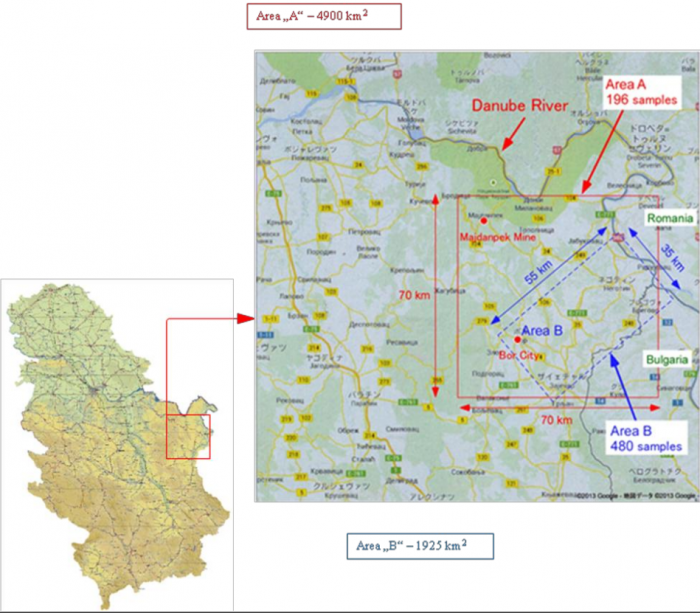
Figure 1 Areas for investigation
On the other side, the flotation tailings in the Bor mine area are recognized as an important copper resource. It is estimated that the total amount of of flotation tailings is about the 30 milion tons with the copper content 0.1 – 0.3 mass. %. The overall goal of the project is to establish a system of environmental assessment and remediation for the sustainable use of mineral resources in Bor and other mining areas in Serbia. At the same time, a distribution of the waste materials, wastewater, and other contaminants of the whole area will be defined and the purification methods of wastes and water will be developed. Some samples of the solid and liquid waste are presented in Figures 2 and 3.
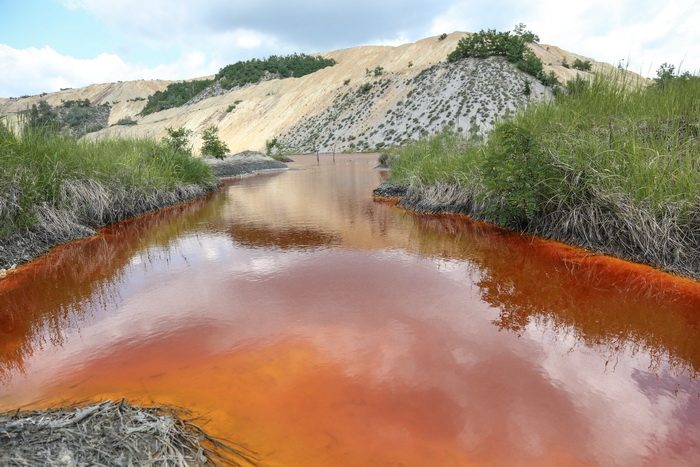
Figure 2 Robule Lake
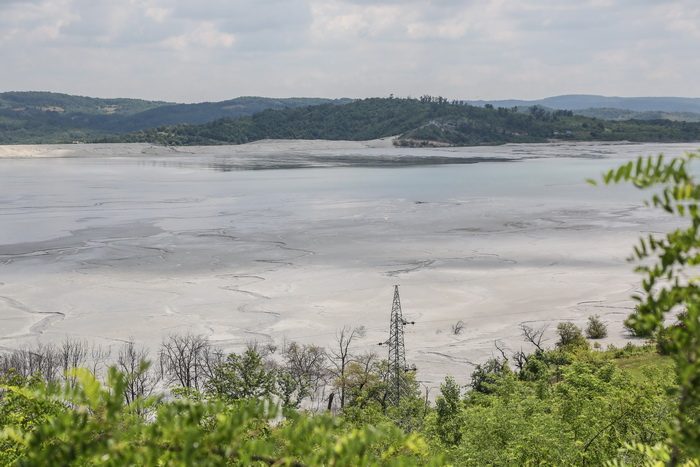
Figure 3 The Veliki Krivelj copper mine tailings
Project Activities:
Activity 1
Study on evaluation of environmental loading in wide areas – this activity consists of the next parts: a) Study on geochemical background to evaluate the environmental impact, b) Satellite image analysis.
Activity 2
Study on detoxification and resources recovety from contaminants – this activity is consists of the next parts: a) High pressure acid leaching and SX-EW method, b)Neutralization and resources recovery, c)Adsorption method
Activity 3
Study on the environment evaluation and reclamation system
Project Results:
Project results will be 3 studies that will be prepared on the basis of the results from the project activities





